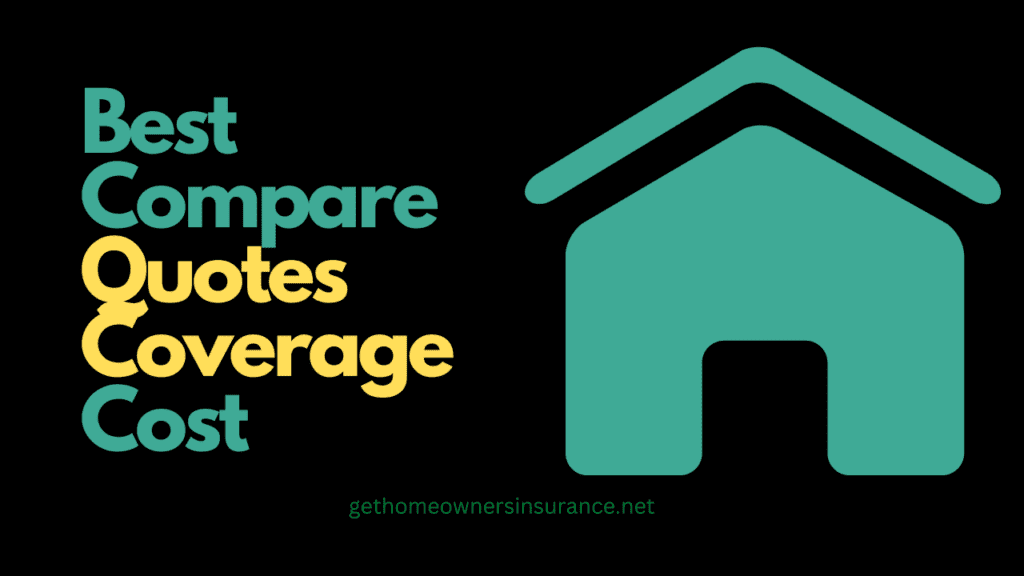What Does Flood Insurance Cover?
Flood insurance is as simple as it seems, it is an insurance policy that covers the damage caused by floods. Flood insurance is required in some areas, depending on where you live in the flood area.
Coverage varies depending on whether your area is residential or an insured business area.
What Does Flood Insurance Cover Exactly?
Many people are confused about what exactly flood insurance is and what it covers. After Hurricane Katrina was hit, many New Orleans homeowners were upset to find that their losses were not covered.
Either because they expected their usual homeowner policy to cover floods (which it is not – while private companies manage flood insurance, the federal government provides it). as a separate policy) or they misunderstand exactly what they were covered by flood insurance.
For Katrina victims, the problem was the so-called anti-concomitant causation clause. Simply put, this means that if your house could be damaged by two different factors at the same time – in this case, both floods and wind, the flood damage will not be compensated. This leads back to the question of what exactly does flood insurance cover?
If the sole cause of the damage is a flood and the homeowner has adequate coverage, their policy covers several different categories of damage.
What Does My Policy Cover?
The first category is structural damage. This includes damage to the roof, walls, and foundation of the building as well as electrical, plumbing, air, and heating systems. It also includes permanent equipment in the house, such as flooring and some cheap homeowners insurance appliances. In some cases, a garage also falls into this category.
The second category is the loss of personal property, including clothing, furniture, works of art (up to 2,500), carpets, stored food, and equipment that is not subject to structural damage. The third category is the loss of the basement and crawl space. Here it gets a little more complicated.
Contrary to popular belief, at least some of these rooms are covered. Personal property, flooring, cabinets, and refrigerators are not covered. Basement structural aspects and their mechanical systems are generally covered.
If a flood causes damage to your home, housing policies include the following:
Coverage of Dwellings
It secures your home or dwelling, secured or detached garages, and certain permanent structures installed in your home, such as built-in dishwashers, fixed shelves, ovens, radiators, hot water boilers, plumbing, ovens, stoves, and refrigerators.
As for flood insurance for your home, they ensure almost all personal property and other property such as clothing, furniture, appliances, and home decor.
Coverage in Basements
In the case of a basement, flood insurance covers structural elements and equipment normally located in the basement, such as unfinished gypsum boards, electrical junctions and circuit breakers, air conditioners, stoves, lighting, and cleaning.
If a flood causes damage to your business, non-resident policies include:
Coverage of Non – Residential Buildings
What does flood insurance cover in this case?
If the damaged building is not a residence, it is considered a non-residential building.
This coverage includes quite a few materials contained in the basement coverage.
Such as unfinished gypsum boards, electrical functions, and circuit breaker boxes, stoves, luminaires, cleaning, and foundation elements.
With regard to the content included in the structure.
The policy of flood insurance cover furniture and equipment, machinery or equipment, supplies, raw materials, finished and unfinished goods, and packaging and shipping supplies.
The cost of a flood plan depends on the size and insurance of your property.
Best Compare Quotes Coverage Cost
For home insurance, a maximum of $250,000 can be covered for building coverage and $100,000 for content coverage. Business owners have been granted $500,000 in-building coverage and up to $500,000 in content coverage.
It is said that the average flood insurance premium is around $370.00 per year, but this varies depending on your location and other factors such as age, height at home, occupancy of buildings, and deductible.
To learn more about Floodplain. Get free compare rates home insurance quotes just 2 minutes.


